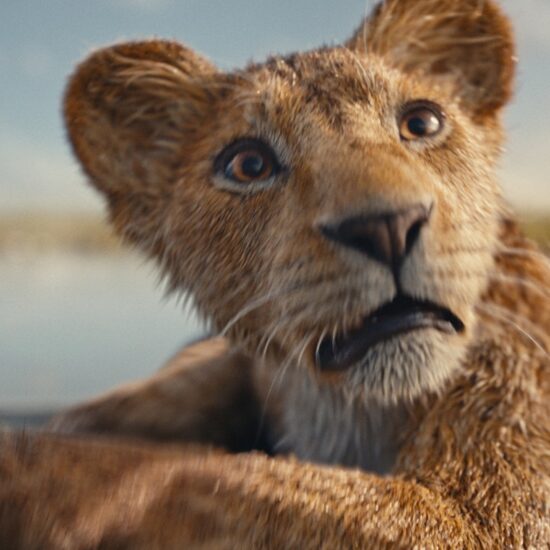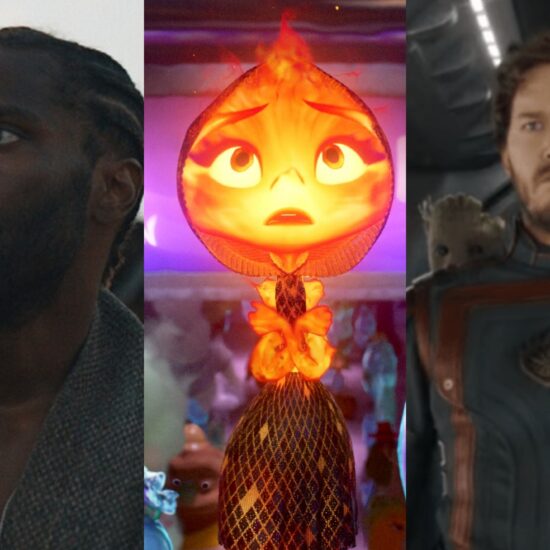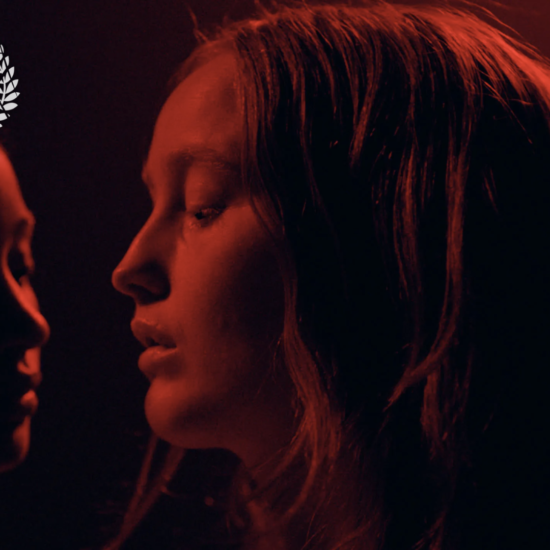
As Disney celebrates its 100th anniversary this year, The A.V. Club marks the occasion with a series of lists, essays, and more.
Like a lot of kids raised in the early 1900s, Walt Disney grew up in a world where corporal punishment was an accepted form of parental discipline. Both he and his brother Roy suffered at the hands of their remote and taciturn father Elias, whose favorite tool of enforcement was a “switch”: a thin, green, tree branch, moist enough to be flexible and whiplike, and used by Elias to punish the Disney boys for transgressions both real and imagined.
Walt Disney professed in later life that he became a bedwetter under the stress, and according to one biographer, Disney often wondered aloud how that cruel old man could be his father, or why his mother didn’t step in to stop the abuse. No wonder when Disney became the crown prince of Hollywood make-believe, he so often fantasized about killing and imprisoning parents.
Because don’t kid yourself about those beloved Disney animated classics like Snow White, Pinocchio and Dumbo. Oh sure, they’re riddled with heart-warming lessons about true love, and how you should learn to love yourself even if you’re different, and wholesome messaging jazz like that. But that’s all window-dressing on a cheerful technicolor surface. Inside, the seminal Disney features have parricide in their hearts.

Take Snow White herself. She’s an orphan, being oppressed by a maniacal stepmom who wants her dead. No mother, no father—no one to care for her or tuck her in at night. There’s even a fan theory that the Evil Queen is a serial killer, and that Snow White’s deceased folks cameo as the skeletons who appear in the background when Queenie sets out to whack Snow White with a poisoned apple.
Pinocchio’s Geppetto is a single father who gets off comparatively easy. He winds up imprisoned inside the belly of a whale. Then there’s Bambi, a delightful and nature loving idyll about an innocent fawn coming of age in a lush forest—until a gaggle of hunters shoot his mom dead. Picture if you will the bright-eyed and anthropomorphic Bambi foraging in earliest springtime. “New spring grass!” Mom says joyfully, as mother and child break the winter fast and start to eat. Suddenly, Mom’s head jerks upright. She hears something. “Bambi! Quick! The thicket!” Gunfire erupts as they race toward a treeline only one of them will reach.
It’s a murder scene worthy of Hitchcock. In a children’s movie.
Dumbo delivers the terror
Spiking the trauma-meter even higher is Dumbo, where the whimsy of a parent imprisoned in a whale’s belly is replaced by putting Dumbo’s mom in leg irons. Mom sings the weeping baby elephant a lullaby—through the barred window of a cage car with the words “Mad Elephant” posted on it. In a previous scene, she beat up a kid for pulling on Dumbo’s ears, and tried to kill some circus roustabouts when they attempted to stop her.
If you’re sensing a pattern, that’s because there is one. Those are central plot devices in the first four Disney animated features if you don’t count Fantasia, which is mostly story-less. It’s hard to say exactly why Walt Disney was so drawn to mayhem around the parent/child relationship. Maybe it was just a shortcut to making his child-like protagonists the centers of their worlds. Maybe Walt was a time traveler who managed to read the Atonement With The Father chapter of Joseph Campbell’s The Hero With A Thousand Faces 10 years before it was published.
Or maybe Disney figured out early that he could rivet kids and parents to their chairs by enacting their most primal fear in cartoon form: that their bond could be severed at any moment by violent means.

It worked, so Walt kept doing it. Cinderella is another unloved orphan tormented by a stepmonster. Sleeping Beauty gets banished to escape a curse. Mowgli of The Jungle Book is yet one more orphan—his parents were eaten by a tiger. And 99 out of the 101 Dalmations are violently separated from their parents by a madwoman who wants to butcher them for a fur coat.
Then Walt Disney died, and the company he gave his name to seized the opportunity to create a kinder, gentler brand identity, of compassion-based storytelling, where common problems of daily living would be solved with nuance and warmth. Nah. Just kidding. Disney’s successors at Disney Animation doubled down on kiddie carnage, and even pioneered new terrain.
And that’s why it’s called The Black Cauldron
Case in point: The Black Cauldron, released in 1985. After some lost post-Walt years, Cauldron was the first attempt by the Disney organization to recapture the old magic. It was handsomely animated, and it was “edgy,” in a misguided attempt at a more contemporary tone.
An unwritten rule of the Walt years was that the cute characters couldn’t die. You could shoot Bambi’s mom, but you couldn’t shoot Bambi. So imagine the general surprise when Cauldron’s plush toy fuzzball Gurgi didn’t just die—he committed suicide onscreen. In the way of these things, it was the only available method to stop Absolute Evil from taking over the Whole World. A weeping Gurgi tosses himself from a great height into the titular cauldron, and that, as they say, is that.
Back in the day, at a screening in Worcester, Massachusetts, there was a poor little girl of about 6 who watched Gurgi go from fuzzball to fireball in a nanosecond—and just to twist the knife, his final words before offing himself are “Gurgi has no friends.” Her parents could not stop this child as she screamed and screamed and screamed, as if to say: good luck with all my therapy bills in later life.
Even when Gurgi was revived in fulfillment of the Disney resurrection trope, that little girl couldn’t stop crying. Instead, she laughed and cried simultaneously—the very soundtrack of a psychological break.

The carnage comes down to us now as a Grand Old Storytelling Tradition. Mustafa the Lion is trampled to death by wildebeests in The Lion King without even Bambi’s discreet cutaways, leaving little cub Simba to blame himself for his father’s death. Death comes in brackets in Tarzan: Tarzan’s biological parents are murdered by a leopard in the opening montage; his surrogate father the Great Ape dies of a gunshot wound after he acknowledges Tarzan as his son. Kenai in Brother Bear kills his best friend’s mom. And of course, the doting parents of Anna and Elsa in Frozen are drowned before minute 20.
So as we raise our glass in this centennial year of Disney Animation and salute all those great innovations in art, storytelling, cross-marketing and theme park-ery, let us not forget what may be Disney Animation’s most enduring cultural contribution. Uncle Walt, and the studio named for him, gave more children nightmares than any storytellers in history. If Walt Disney is to be recalled as an animation pioneer, let him also be lionized for his less heralded but equally enduring addition to genre filmmaking:
He invented the horror movie for kids.















